When a step hits a mosfet gate there is some delay before the mos is fully on. This must be taken into account if you don't want to end up with a MOS that spends most of its time turning on (off) instead of (non) conducting in its ideal states, i.e. "fully on" and "fully off".
When the steps arrive two things happen: the gate-source capacity must charge and the inversion region must form below the gate. There's a sort of "dead" delay, i.e. nothing happens, both on turn on and turn off, since when the charge on the gate is below or above a certain threshold no current (or all the possible current) can flow: that delay is the delay time.
The rise and fall times take in account the time the current needs to get to its maximum value, or zero, it's as if you were walking along the mos characteristics in the linear (triode) region.
While the delay times are probably pretty much constant the rise and falls times depend heavily on the gate voltage:
- on turn on, the higher the target gate voltage, the lower the rise time
- on turn off, the lower the starting gate voltage, the lower the fall time
Sometimes you drive the gate with a high voltage to turn it on rapidly, then go back to the minimum \$V_{GS}\$ that guarantees saturation so that the turn off will be faster too.
About your timings, I'd start summing the delay and the rise (fall) time for each transition:
$$t_{ON}=t_{d(on)}+t_r=480ns\\t_{OFF}=t_{d(off)}+t_f=2100ns$$
Let's assume you want to spend at most 1% of your time turning on or off your mos: you take \$t_{ON}+t_{OFF}=2580ns\$, multiply it by 100 and you have your period: 258000ns, or 258us, that is about 4kHz. In the comments I was simply neglecting the turn on time.
1% is a quite conservative limit anyway, it means that the wave really looks a square wave if you see it through a scope. You can probably go even a little higher and be safe, i.e. you are not dissipating much.

